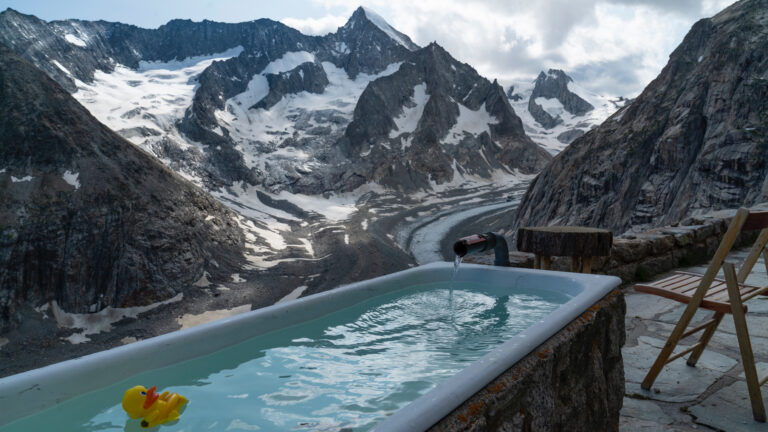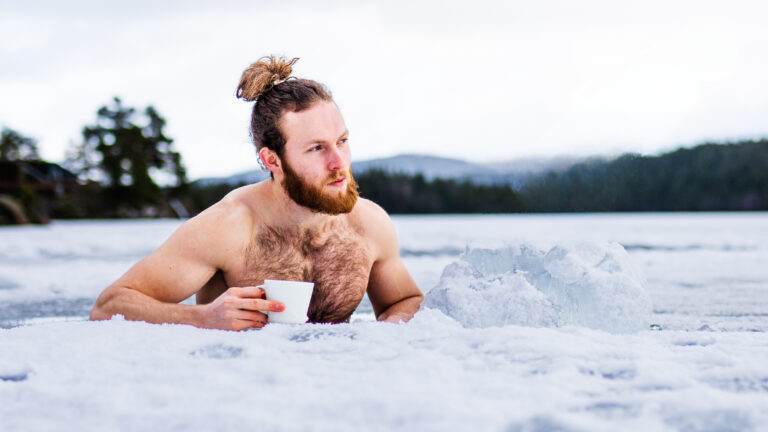How Can Beginners Start Incorporating Cold Plunging into Their Wellness Routine?
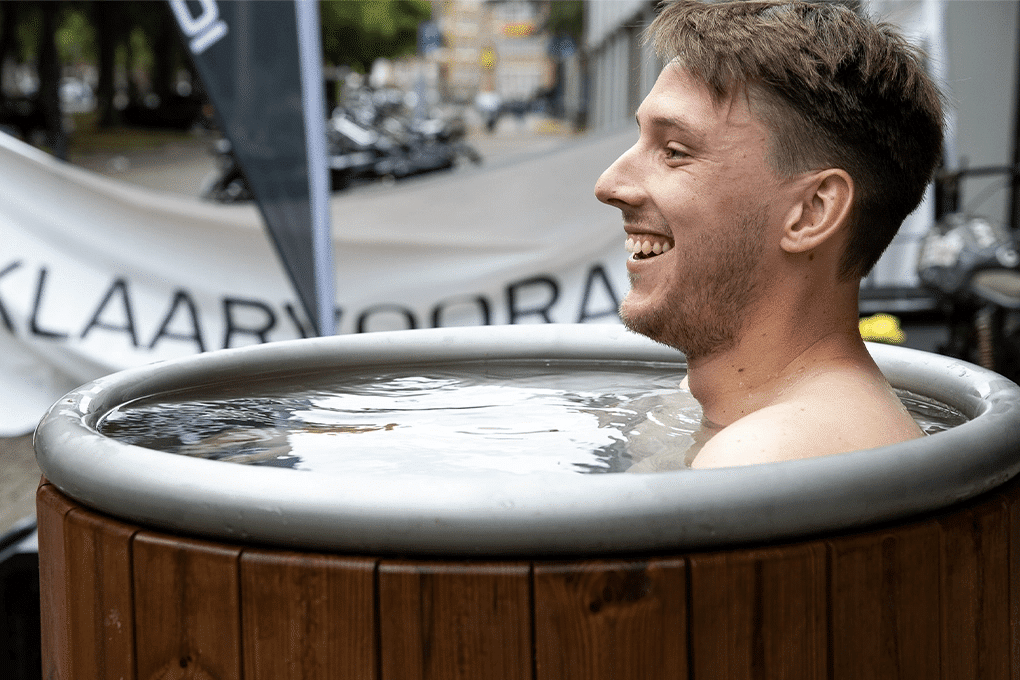
Editor’s note
We were all beginners once.
I was fortunate to have a wonderful guide who helped me develop a consistent cold plunging practice. It was during one winter in the English countryside, where a few brave souls (including yours truly) begin our day with a dip in the in-ground outdoor pool. Each morning, we’d walk from the main house to the pool, and heard the crunch of the frost beneath our feet, so we knew it was really cold.
We were all beginners, except for our leader. Each morning, we gradually increased our time in the water, and before we knew it we all were able to brave 5 minutes in the plunge.
For beginners, that kind of steady progression is a powerful way to build stamina, tolerance, and confidence. In the article below, you’ll find more practical tips to safely and consistently weave cold plunging into your schedule.
Whether you’re new to cold exposure or a seasoned plunging veteran, we’d love to hear from you. What are some tips that helped you stick with this practice? What keeps you coming back? Let us know in the comments!
Matthew
Cold plunging is the practice of immersing a part of your body or full body into cold water for a specific duration. It has become very popular in recent years after the availability of scientific studies on cold plunge benefits for health and well-being.
The benefits of this practice targets both physical and mental health, from reducing inflammation after workouts to improving symptoms of depression. These unmatched benefits have gained public attention and now more people are willing to incorporate this practice into their wellness routines.
However, if you are a beginner, your initial cold plunging sessions can be very challenging if you step in without proper strategy. It is especially important to do it the right way if you are planning to make cold plunging a part of your wellness routine.
Preparing for Cold Plunging
In a safe and beneficial cold plunge session, adequate preparation is just as crucial as immersion time. Good planning before your session can enable your body to better cope with cold shock and make the session more tolerable for you. Here is what to consider before stepping into the cold plunge experience:
Consider Personal Health Conditions
Each person’s body has some restrictions, and the way in which one reacts to cold plunging differs. It is particularly important to consider your restriction and tolerance levels if you already have some health condition, like cardiovascular issues or skin allergy.
In such a case, consulting your healthcare provider can help you understand the potential risks and safety tips for an effective and risk-free experience.
Water Temperature and Session Duration
A beginner must start with shorter durations and a water temperature that is bearable. The ideal water temperature should range between 50°F and 59°F during your initial sessions. Experts consider this range both safe and effective for achieving cold plunge benefits.
Similarly, the duration of your session should also be shorter initially. Start with one or two minute sessions and gradually increase the duration as you feel comfortable. This allows your body to adapt to cold temperatures naturally.
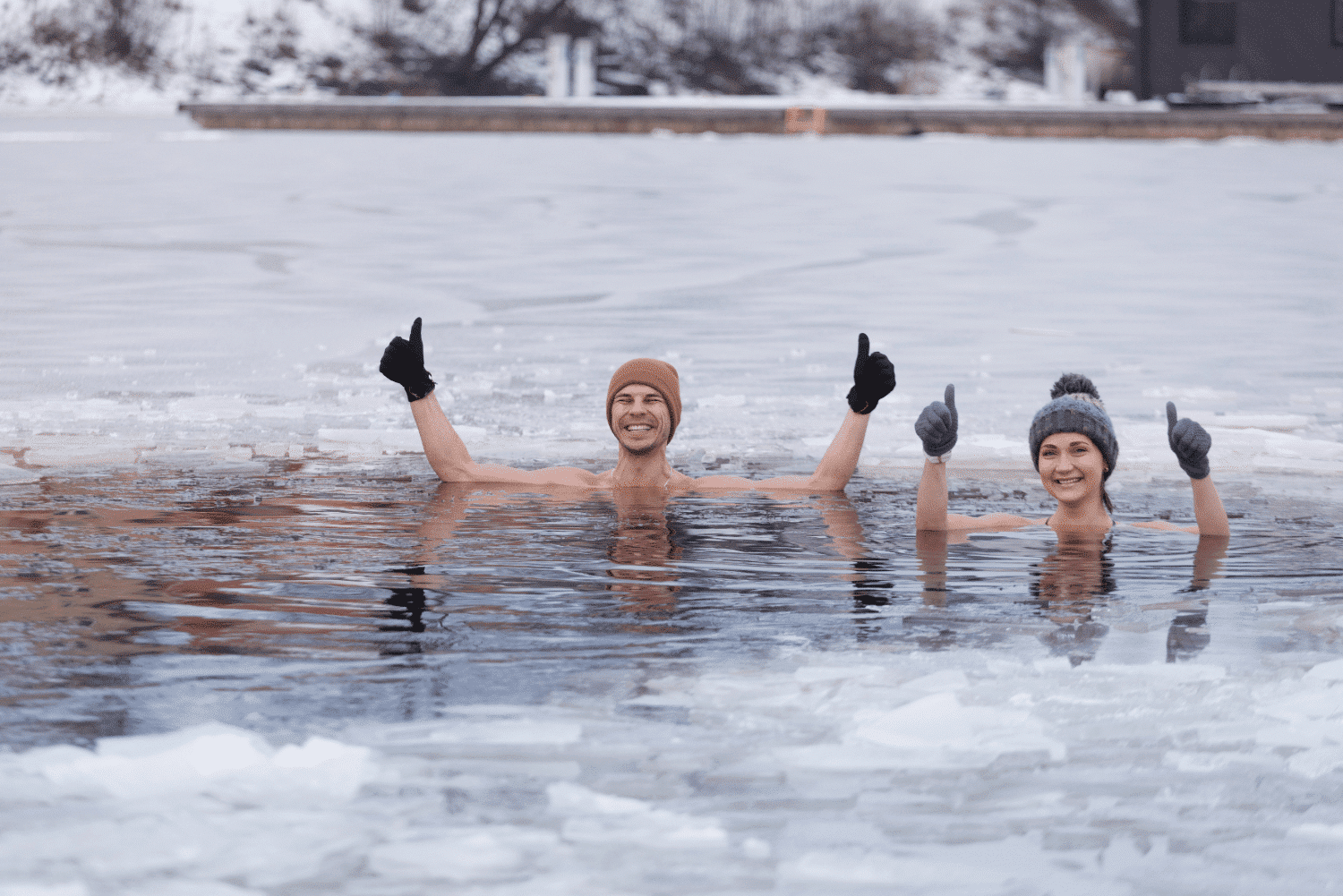
During A Cold Plunge Session
A cold plunge session is not as simple as just sitting in cold water and waiting it out. It requires focus, awareness, and proper technique to ensure you get the most out of it safely.
Safe Entry and Exit
Your entry into the cold water and exit should be pre-planned, meaning you must know the duration you are going to be immersed in a cold plunge. Also, it is recommended that beginners start with immersing their limbs instead of doing full-body immersion right away.
When inside the cold water, focus on deep and controlled breathing as it helps manage the initial shock of cold exposure and improves overall oxygenation.
For a more detailed understanding of breathing techniques during cold water immersion, we recommend watching this YouTube video by Wim Hof titled, “How to Breathe in the Ice Bath?”. Wim Hof is a Dutch athlete and is widely recognized for his cold exposure and breathing techniques:
Maintaining Calmness
For people new to cold plunging, it can be hard to stay calm and control the mind when experiencing chilling cold water. However, it is a skill that develops over time.
Once learned, staying focused and calm can help you manage cold shock effectively. This helps in developing physical adaptation to the cold temperature while also providing mental health benefits like improved clarity and stress relief.
Building a Sustainable Practice
Taking a cold plunge once or twice may not feel tough to many. The thing that most people find challenging is sticking to a routine. Here are a few things that can help in forming a sustainable routine:
Gradual Increase in Duration
Beginners are advised to start with shorter sessions once a week, keeping their body’s tolerance in mind. However, to get the most out of your cold plunge experience, you need to expose your body to cold for longer and more frequently than this.
As you begin to get used to the cold, try slowly increasing how long and how often you do it. This steady routine can really help with muscle recovery and improve your circulation over time, making it easier to see real benefits that inspire you to keep up the habit.
Post-Plunge Activities
For developing a regular routine, it’s not just about safely entering and exiting the cold water. What you do afterward also counts. Post-plunge activities play a key role in building your routine by promoting recovery, helping your body adjust, and keeping you motivated to stick with it.
After a cold plunge, avoid taking a hot shower, a mistake most people make. Instead, warm up your body gradually through light physical activity or by wrapping yourself in a warm blanket. Drinking warm water is another way you can support internal temperature and circulation.
Also, regular exposure to cold water can negatively impact your skin in certain ways, like by causing dryness. It is recommended to use a moisturizer after a cold plugging session to keep your skin hydrated.
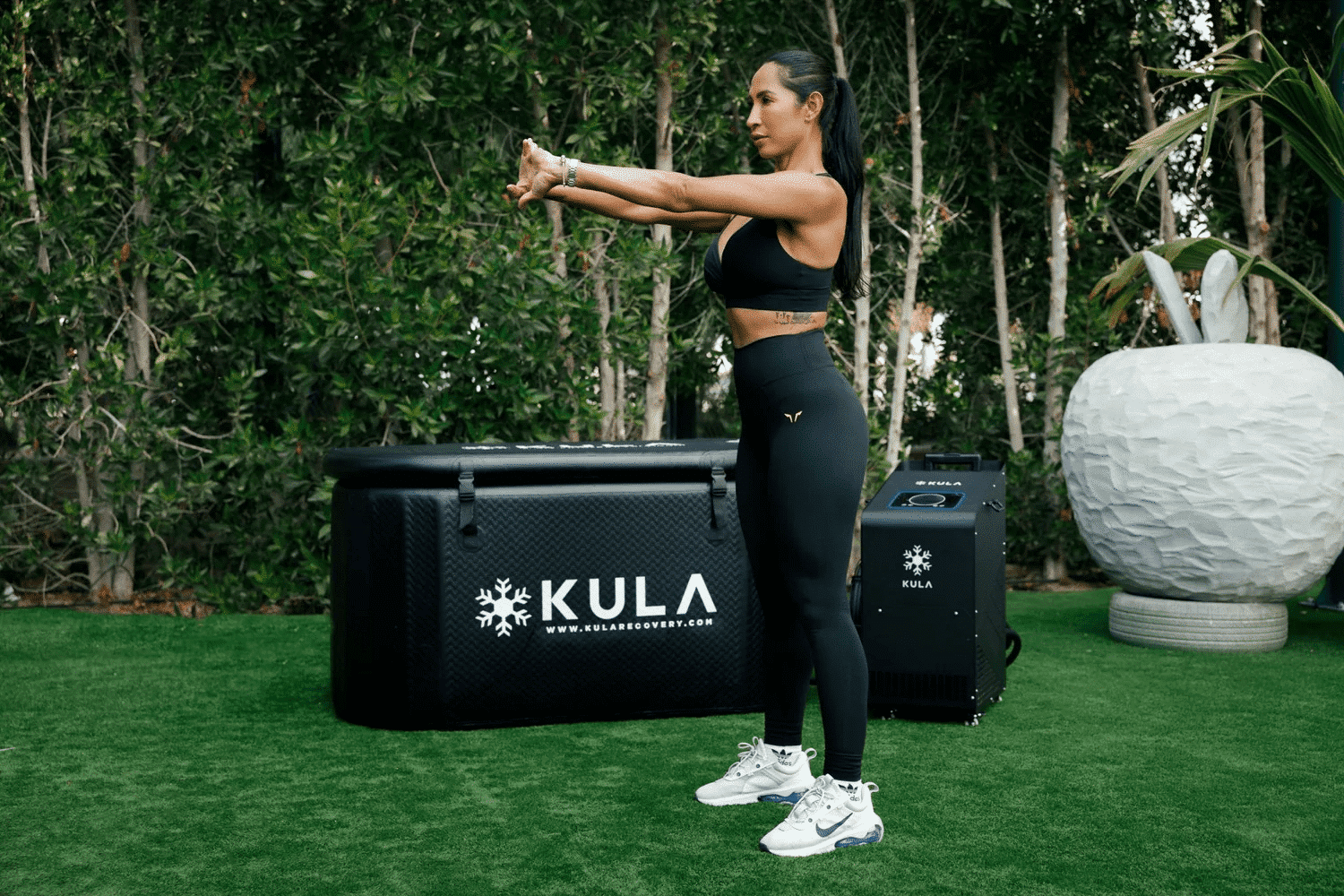
Track Your Progress
Some cold plunging benefits are immediate while others take time to become noticeable. For instance, you might feel an immediate recovery boost from a cold plunge after a workout. However, some benefits, like improved immunity, take consistent practice over time to become noticeable.
Beginners should focus on long term benefits in addition to immediate effects. That’s why it’s important to track your progress and listen to your body to see how this routine is really working for you.
Conclusion
The immense popularity of cold plunging due to its range of benefits is inspiring more and more people to incorporate this practice into their wellness routine. However, beginners need to approach this wellness practice with a proper strategy to get the most out of it safely.
A proper strategy here means considering your health conditions, ideal water temperature, and session durations. This can not only help with safe entry and exit but also ensure that you gradually build your tolerance and fully enjoy all the benefits cold plunging has to offer.
In other words, a beginner should focus on building consistency rather than pushing for longer sessions right away. With patience and a balanced approach, cold plunging can become an enjoyable and rewarding part of your wellness routine.

